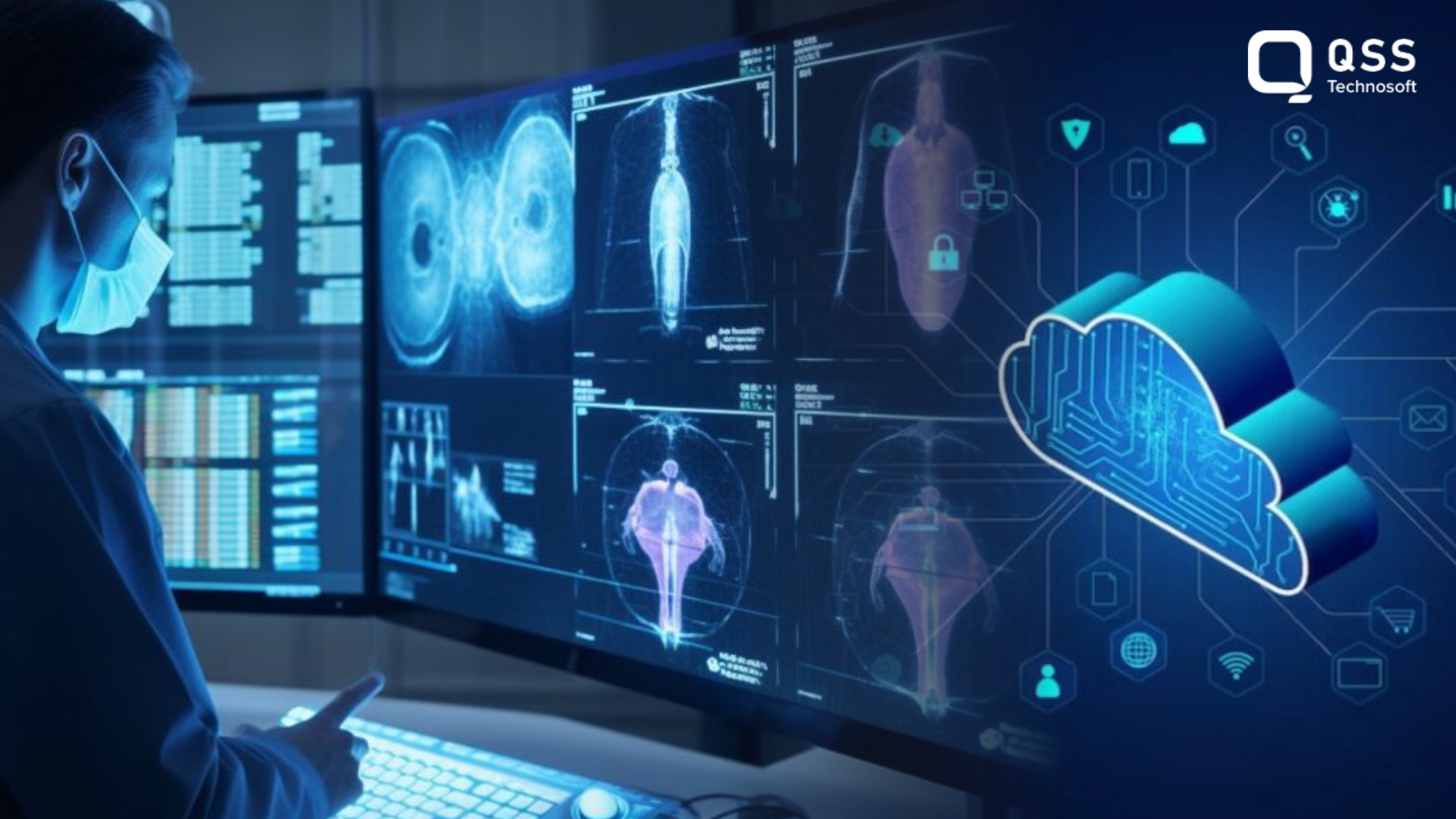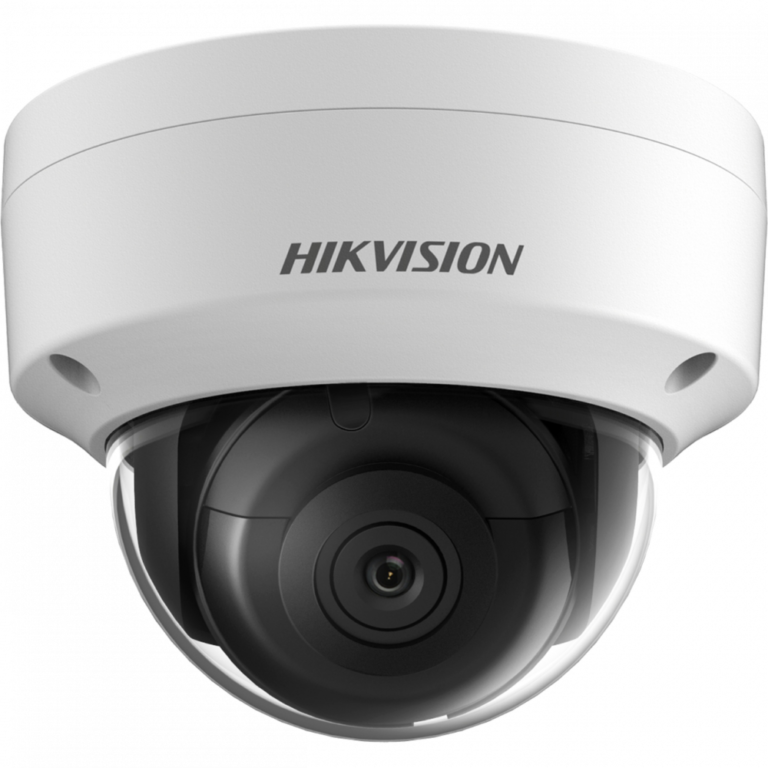Revolutionising Healthcare Imaging Software: Exploring the Future of DICOM Technology
In the healthcare industry, technology is continuously being optimised to boost patient care and streamline medical processes. One subject area making groundbreaking developments is healthcare imaging– and the DICOM server software is leading the charge.
DICOM has revolutionised how medical images are captured, stored, and distributed– and if that’s what’s been accomplished thus far, you can only imagine the innovations in store for the future.
As advancements continue, DICOM technology is sure to stay one step ahead, promoting improvements that guarantee improved patient outcomes and propelled accessibility.
The Foundation of DICOM Technology
Understanding the foundation of DICOM technology and the solutions it offers for medical imaging problems is essential before looking towards the future. Developed by the joint efforts of the National Electrical Manufacturers Association (NEMA) and the American College of Radiology (ACR), DICOM is a universal standard created to promote interoperability in medical imaging.
It allows radiologic clinicians and technicians to easily handle, store, print, and transmit information in medical imaging. Essentially, DICOM makes it simpler for people within the medical field to share and exchange data.
Historically, medical images were captured using various proprietary formats and stored in isolated systems that hindered the sharing and integration of information. DICOM technology standardised the way medical images are represented, transferred, and managed. It established a common language for all imaging modalities, including X-rays, MRIs, CT scans, ultrasounds, and radiology pacs software, ensuring that these images could be easily accessed and interpreted by different healthcare providers and systems.
The Past: DICOM’s Evolution
Over the years, DICOM has seen several versions and updates, with each iteration bringing enhancements in functionality and improved compatibility. One notable evolution was the incorporation of non-image data, allowing DICOM files to include patient information, annotations, and even 3D reconstructions. This made it a comprehensive and invaluable tool in healthcare, supporting not just image sharing but also patient history and clinical data.
The Present: DICOM’s Current Role
DICOM technology plays a pivotal role in healthcare imaging. By seamlessly integrating into Picture Archiving and Communication Systems or PACS app and Radiology Information Systems (RIS), it serves as a unified platform where healthcare professionals can access, interpret, and manage medical images quickly and easily. The instantaneous availability of images ultimately leads to faster diagnoses, better overall patient care, and cost savings for organisations.
The power of DICOM extends beyond borders, as it’s become an international standard. From remote rural clinics to bustling urban hospitals, medical workers around the globe agree that this technology allows them to optimise patient outcomes by exchanging and sharing vital medical images. Additionally, as DICOM creates more efficient means of disseminating information, novel remotely operated services such as telemedicine conference calls continue to be developed and implemented.
The Future: DICOM’s Potential Innovations
As technology continues to advance, so does DICOM technology. The future of DICOM promises to be even more revolutionary, with several key innovations on the horizon:
- Artificial Intelligence Integration
AI is championed for its potential to revolutionise healthcare, and DICOM is evidently eager to capitalise on its capabilities. Through AI algorithms, medical images, specific ailment warnings, and raw numerical data can be deciphered. But to truly make the most of AI’s powers, an integration component facilitates capsule diagnosis and critical treatment plans. AI seems capable of being a powerful benefactor harmonising the accuracy and closure rate of diagnosis procedures and better patient treatment. Incorporating AI as part of the DICOM equation clearly provides healthcare an unbeatable competitive edge.
- Enhanced Security and Privacy
With the increasing importance of patient data security and privacy, DICOM technology will continue to evolve to meet these demands. Advanced encryption and authentication methods will be implemented to safeguard patient information and images. Ensuring that only authorized individuals can access and modify medical data is paramount in the future of healthcare imaging.
- Cloud-Based Solutions
Cloud technology continues to gain momentum in the healthcare industry and DICOM is playing a crucial role in facilitating this transition. Storing medical images and data in the cloud opens the door to more effective information management. Doctors, nurses, specialists and other healthcare staff now have unparalleled access to clinical records, irrespective of geographic location. This development is aiding revolutionary advances in remote diagnostics, promoting the secure sharing of medical documentation between institutions.
- Interoperability
DICOM has set an impressive example in creating an interoperable environment. Yet we still need to further work towards the goal of having healthcare systems communicate between one another so that providers can work together to provide continuous care to each individual in spite of which organisation they receive their care from. As the world continues to expand and patients become members of multiple care circles, the ability for medical images and records to effectively switch providers seamlessly has expressed itself as increasingly essential.
- Virtual and Augmented Reality
The healthcare industry is unlocking the possibilities of virtual reality (VR) and augmented reality (AR) to revolutionise big data medical imaging. Knowing that data output always needs to be secure and reliable, top imaging professionals are integrating DICOM technology as the cornerstone for these shifting immersive technologies. In turn, this innovation allows healthcare professionals greater ability to handle, visualise, and interact with medical images like never before. Looking ahead, this transformation could shape cutting-edge opportunities in medical imaging education, planning for surgery, and interactive remote consultations.
- 3D Printing
The ability to create 3D printed models from medical images has opened new possibilities for surgical planning and patient education. Future DICOM standards will continue to support 3D printing, making it easier for healthcare providers to create patient-specific models for pre-surgical planning and medical training.
Conclusion
For decades, DICOM technology has been at the forefront of healthcare imaging, and its future is even more promising. With some incredible advancements, including the integration of AI, bolstered security, cloud solutions, improved interoperability, support for immersive technologies, and the emphasis placed on patient empowerment, DICOM is set to revolutionise healthcare imaging in ways we may have previously only dreamed of.
These advancements not only bolster the efficiency and accuracy of healthcare but speak to the enhanced patient outcomes and experiences. The future of DICOM appears sunny and holds unmatched potential to revolutionise the way that healthcare imaging is undertaken, to make it more safe, accessible to patients, and centred around their needs. As technological developments begin to boom, so does their impact on healthcare, and DICOM server software will be at the vanguard of this impressive growth.
Why should you consider selecting QSS Technosoft Inc as your development partner for Healthcare Imaging Software based on DICOM Technology?
When it comes to healthcare imaging software, especially DICOM technology or PACS app, QSS Technosoft Inc. stands out as a great development partner. We are blessed to have extensive knowledge and expertise on this field which was gained with years of experience working with this technology. This means that we can see through the ever-changing trends of the industry and successfully incorporate the latest advancements into our software solutions.
At QSS Technosoft Inc., we prioritise constant customer satisfaction. The healthcare imaging software that we provide is not universal solution designed to fit all specific needs and requirements. On the contrary, we take our time to understand the particular workings of our environment and design the ideal solution which can flawlessly integrate into existing systems. In addition to delivering top quality products, our proficient team will work with our contacts to certainly provide for all their needs.









